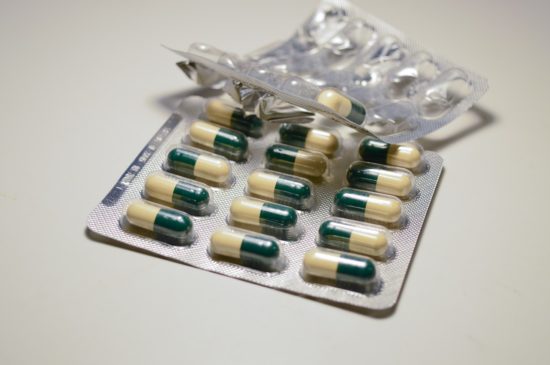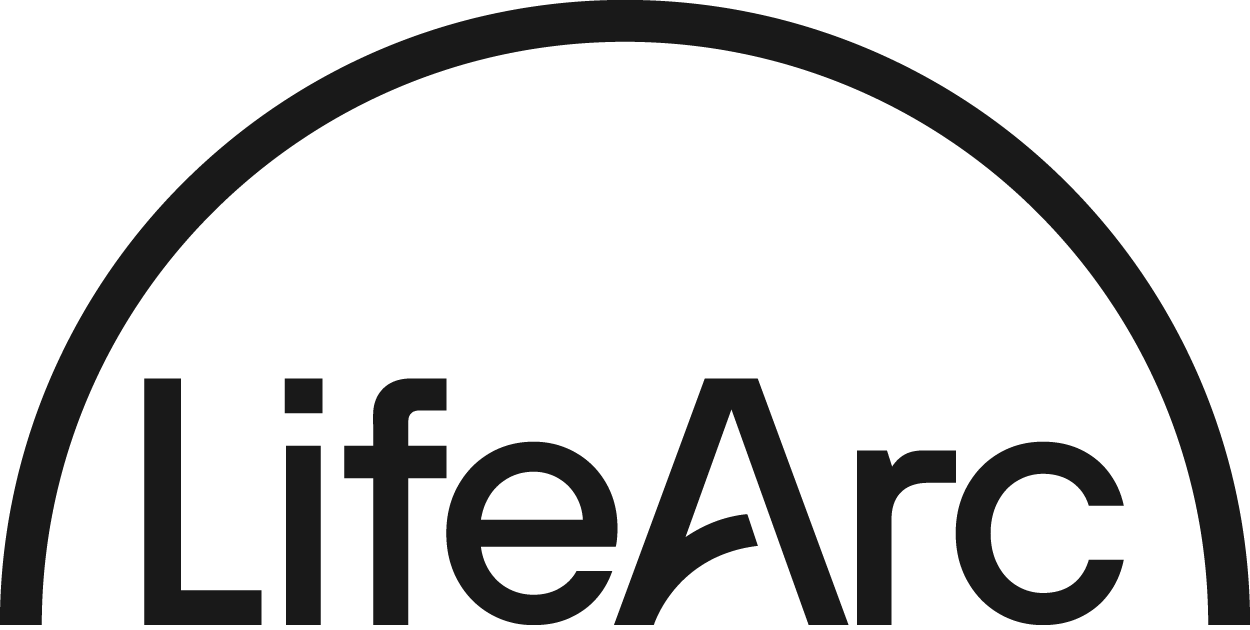The antibiotic subscription model: fostering innovation or repackaging old drugs?
In the UK, reports and policies on antimicrobial resistance have promoted a so-called subscription model to stimulate the antibiotic pipeline for the past decade. This model pays one flat-rate price to a company per year—a subscription—for an antibiotic used by a country’s health system. The aim is two-fold: to avoid antibiotic overuse, and to guarantee a viable market for pharmaceutical companies even if their drugs are reserved as antibiotics of last resort. A subscription scheme is seen to be most useful to promote availability of high-value, low-use antibiotics, such as novel compounds that target multidrug resistant and priority ESKAPE pathogens (Enterococcus faecium, Staphylococcus aureus, Klebsiella pneumoniae, Acinetobacter baumannii, Pseudomonas aeruginosa, and Enterobacter spp.). This policy experiment was put into place in June, 2020, and the first two drugs to be financed by the new UK subscription model were announced in April, 2022: ceftazidime–avibactam and cefiderocol. Both drugs had commercially launched before the subscription model even existed.
AMR NEWS
Every two weeks in your inbox
Because there should be one newsletter that brings together all One Health news related to antimicrobial resistance: AMR NEWS!





